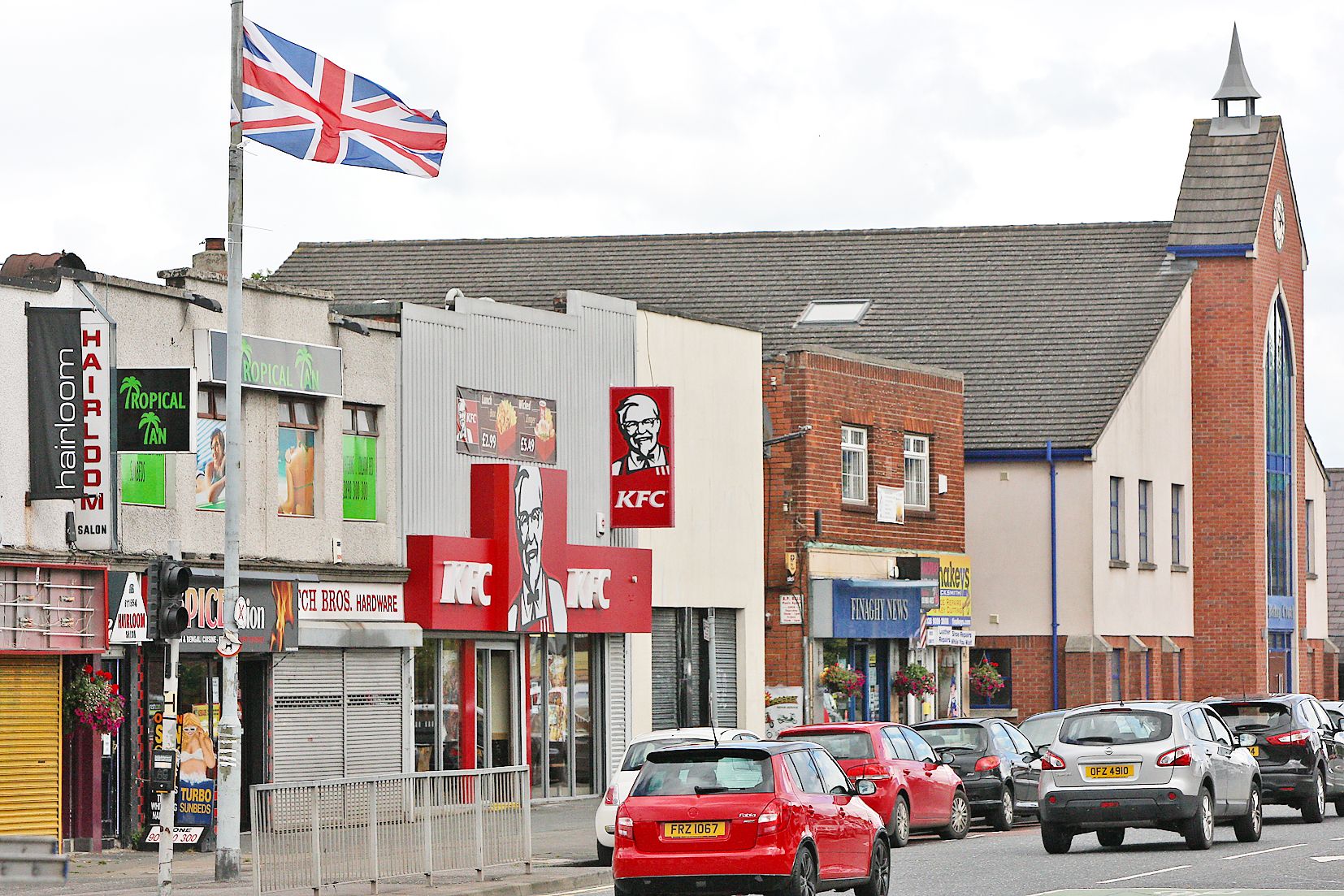A SOUTH Belfast postcode is among the highest number of new Covid-19 cases per population across the North.
BT10 which covers the Finaghy area is ranked ninth in the worst-affected postcodes according to the latest figures.
The latest statistics on the Department of Health’s dashboard shows the number of positive cases in each postcode as well the number of people tested and the incidence rate per 100,000 population over the last seven days.
BT10 recorded 40 positive cases between November 3-9 but an incidence rate of 315.0 – the ninth highest across the North.
Elsewhere in South Belfast, the rate of infection has dropped significantly.
BT12 which covers Sandy Row and the Village areas – as well as Falls – recorded 67 positive cases (the most anywhere in South Belfast) and a rate per 100k population of 230.3.
BT7 which covers Ormeau, Botanic and University areas recorded 46 positive cases and a rate per 100k population of 217.5.
BT9 (Malone, Lisburn Road, Taughmonagh, Stranmillis) recorded 59 positive cases and a rate per 100k population of 206.4.
BT8 (Saintfield Road, Four Winds, Carryduff, Knockbreda, Newtownbreda) is the least affected area in South Belfast with a rate per 100k population of 159.9 and 48 positive cases.
Health Minister Robin Swann reminded people this week to not let down their guard in the wake of positive progress for a Covid-19 vaccine.
“I would appeal to everyone not to let down their guard just because there is some light at the end of this very long tunnel. It will likely be well into 2021 before a vaccine is generally available to the population – not least because mass global vaccination is a huge logistical challenge.
“As I have said before, we are in for a hard slog this winter – in terms of intense pressures on our health service and unavoidable restrictions on our daily lives.
“We all have to redouble our efforts – continue limiting our contacts and keeping our distance from each other; wear face coverings when required; and keep washing our hands.
“But let’s be positive about the future. The incredible progress to date on developing a vaccine -– together with planned mass testing and improved treatments – means we can look towards next Spring with some hope.”







